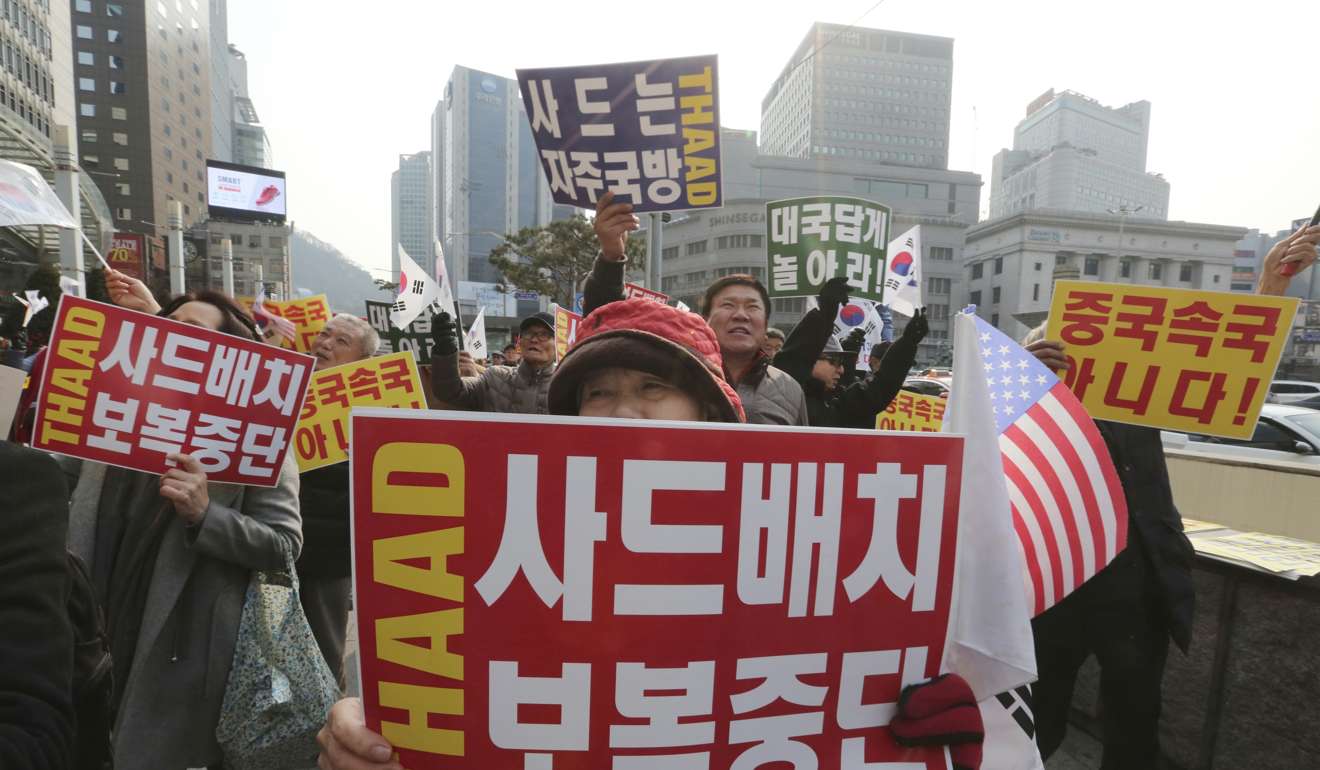
US, China, Japan and South Korea mull what to do with North Korea
US officials huddled Monday with key Asian powers to discuss tensions with North Korea, which have been stoked by a recent missile test and an airport killing officials believe was ordered by Pyongyang.
North Korea’s rapid progress toward acquiring a nuclear-tipped missile that could strike the US mainland poses one of the sternest national security challenges for President Donald Trump, whose administration is currently conducting a policy review on how to deal with the communist government.
On Monday, US Special Representative for North Korea Policy Joseph Yun huddled at the State Department with his Japanese and South Korean counterparts, Kenji Kanasugi and Kim Hong-kyun. The meeting was part of continued US efforts to get its main allies in Asia to cooperate more closely on security.
North Korea will also be on the agenda when Chinese State Councilor Yang Jiechi meets with high-ranking US officials during a Washington visit on Monday and Tuesday. He is the first senior Chinese official to visit the US since Trump took office. Their discussions come amid uncertainty about how the world’s two largest economies will manage their trade relationship and security challenges in East Asia.
Speaking at a meeting with state governors at the White House Monday, Trump contended that Beijing was “very, very happy” with his selection of Iowa Governor Terry Branstad to be US ambassador to China. The Senate has yet to confirm the appointment.
In a potentially hopeful sign for the US administration, China recently announced it was suspending coal imports from North Korea, increasing economic pressure on its traditional ally. In return, Beijing is keen for the US to restart long-stalled negotiations with North Korea.
But on Friday, the US government nixed what would have been the first unofficial talks on US soil between North Korean government officials and former US officials in five years. Although no current US officials were due to participate in the talks in New York in early March, allowing them to proceed could have signalled the Trump administration’s openness to US engagement with North Korea.
The decision came after Malaysian authorities announced earlier Friday that the exiled half brother of North Korean leader Kim Jong Un had been assassinated using VX nerve agent — a killing which is widely suspected to be the work of North Korea. In Congress, calls are growing for tougher sanctions and for the North to be declared a state sponsor of terrorism, a designation that was lifted in 2008.
Tensions could be set to rise in the region in the weeks ahead.

The US is due to begin annual military exercises with South Korea in March, which invariably provoke warlike rhetoric and threats from North Korea. Pyongyang views the joint military exercises as preparation by the US and South Korea for an invasion across the heavily militarised border between the two Koreas.
North Korea has so far steered clear of directly criticising Trump, but signalled its determination to advance its nuclear and missile programmes.
On February 12, it tested a new type of ballistic missile as Trump was meeting Japan’s Prime Minister Shinzo Abe in Florida.

